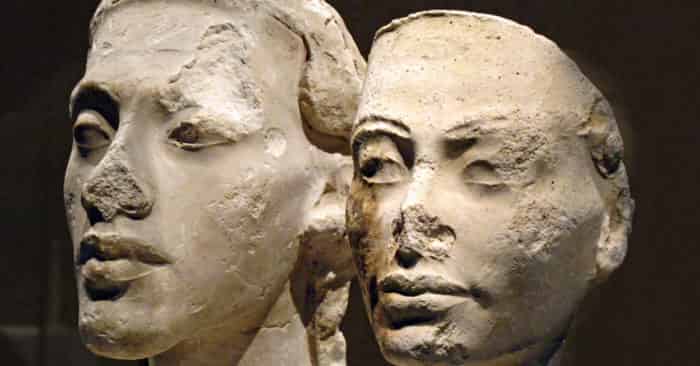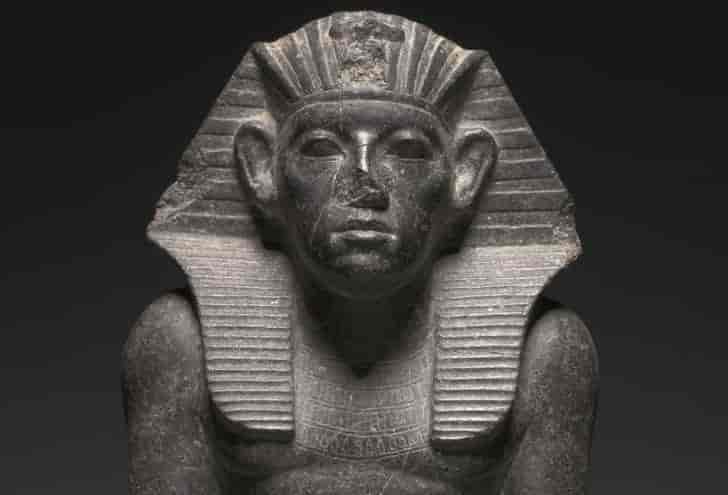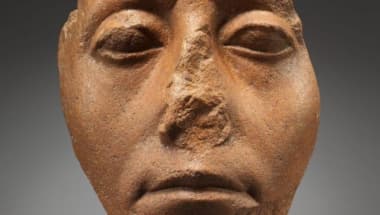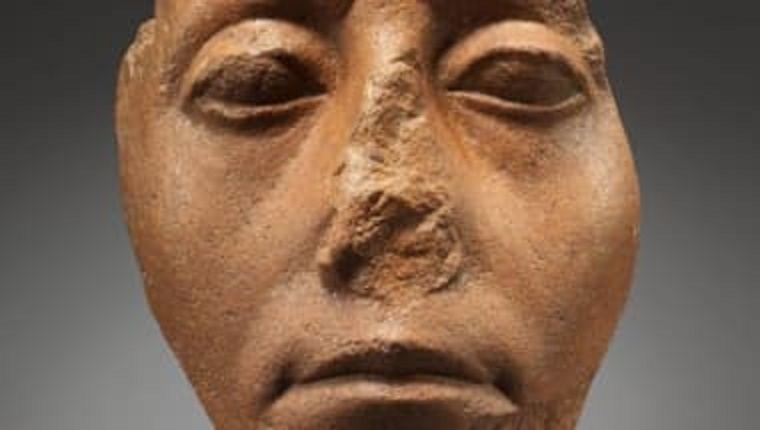The architecture and sculpture of Ancient Egypt are monuments that represent the great historical value of one of the most incredible civilizations that has ever existed.
However, experts ask many questions about the life and customs of ancient Egyptians… Why do some Egyptian statues have broken noses? Let’s explore the reasons behind this intriguing phenomenon.
The ancient Egyptians possessed great artistic prowess. They showcased their architectural skills in the construction of grand pyramids. Similarly, they excelled in carving numerous statues that paid tribute to the pharaohs, religious figures, and the upper echelons of society.
However, many statues from this ancient civilization share a common feature: they lack noses.
One might assume that this is due to wear caused by the age of the pieces or that they suffered damage from erosion.
Edward Bleiberg, the curator of the Egyptian Museum in Brooklyn, embarked on an investigation to uncover why many of these statues are noseless.
Bleiberg uncovered a prevalent pattern of deliberate destruction in most disfigured Egyptian works.
But why focus on the nose?
There could have been multiple reasons behind these acts of vandalism. “The regularity of the patterns on the damaged sculptures indicates that it was intentional,” Bleiberg explained.
These statues have broken noses because a significant portion of the ancient Egyptian population believed that statues possessed a life force.
Bleiberg states, “The consistency of the patterns where the damage is found in the sculpture suggests that it served a purpose, which was to deactivate the power of an image.”
The ancient Egyptians bestowed great power upon images, believing that the essence of a deity could inhabit an image representing it.
For this reason, it was concluded that, for them, the best way to neutralize the power and life force of these “enemy” images was by breaking the statue’s nose, the means through which one breathes and sustains life.
However, the ancient Egyptians understood that statues could not move and walk around, just as they recognized that these works, made of stone or wood, could not literally respire.
Adela Oppenheim, curator of the Egyptian art department at the Metropolitan Museum of Art in New York, explains:
“They knew that the statues were not inhaling air, they could see it… In another concept, statues possess a vital force derived through the nose, akin to the act of breathing.”
Who defaced the noses of the statues?
The belief that statues possessed a life force was so widespread that it prompted various opposing believers to extinguish this force when deemed necessary.
“They essentially had to neutralize it, and the most effective method was to target where it breathes,” Oppenheim said.
Edward Bleiberg points out that a series of texts from Ancient Egypt describe the pharaoh‘s concern that their own images might be harmed and the precautions they took to protect them.
Likewise, different pharaohs enacted decrees with severe penalties for anyone who dared to threaten their statues.
According to the findings of the Bleiberg study, the individuals responsible for these mutilations were not mere vandals and did not act haphazardly. It is suggested that they were skilled artisans trained for this purpose, evident in the precision of their chisels.
Oppenheim clarifies that in some instances, nature may have naturally played a role over the years; however, one can typically discern if a nose was intentionally damaged by examining the cut marks on the statue.
The motivations behind the destruction of these statues remain unknown. Nevertheless, it is believed that religious, personal, criminal, and predominantly political reasons—such as rewriting history in favor of a new pharaoh—were the driving factors behind this act of vandalism.
Source: Deivis Gonzalez, culturizando









